Bitwig extends its clip-based DAW Bitwig Studio in version 3.2 with many new helpful tools (advanced EQ, saturator…) new modules for the Grid…Beta out now
It was an exciting year for Bitwig Studio. In version 3.0 came the Grid, a modular sound design environment to this young DAW and in 3.1 new advanced ideas of pitch. With the new Bitwig Studio 3.2 update for Superbooth 20 Home Edition, they bring new adventurous sculpting possibilities to the game.
Highlights are new devices: EQ+ graphic equalizer, saturator, expanded arpeggiator, and several new modules for the Grid modular system (filter, logic delay, updated envelope…)
EQ+
EQ+ brings a new look and modern sound to Bitwig Studio. Clicking on the EQ curve adds a band that can be dragged right into place. Along with 14 filter options and up to eight bands, EQ+ also has an Adaptive-Q option to narrow the width of bands as their gain increases, in addition to global frequency Shift and Gain controls, ‘soloing’ a band while dragging it for precise editing, and different oversampling modes. Taken together, sculpting a sound is now more like drawing the spectrum than twiddling knobs.
And while it is a graphic equalizer, EQ+ goes a step further by applying a rainbow color spectrum to the EQ curve. The color of each band’s frequency is then used to color that band. Seeing frequency settings colored predictably creates a kind of sonic muscle memory, connecting sound with visuals. So in the same way that your first controller knob always has a red flag in Bitwig (up to a purple flag for the 8th knob), frequency controls will start showing you the sound before you hit play. The rainbow spectrum can also be seen in trusty EQ-2 and EQ-5, and frequency controls are now rainbow-ized in various filter and tuning controls across 20+ Bitwig devices.
Saturator
Bitwig Studio’s new Saturator is a unique waveshaper for cooking up any sound material with adding the right amount of buzzing, rumble and warmth. Unlike most waveshapers or distortions, this one works in the log domain, just like our ears. So with Saturator, richness can be added to any sound in just the right places. The basic, high-level panel displays the curve being applied along with Drive, gain Normalize, and low-pass controls that can either lighten the saturation or turn it into a dynamics processor.
The expanded curve editor offers a matching set of Threshold, transform Amount, and Knee controls for the Quiet and Loud portions of the signal. And additional skew controls take the Loud sounds and treat the positive and negative transients differently, adding additional richness to the sound and spectrum. We’ve also added a Saturator module to The Grid, where polyphony allows each note to be independently shaped for even more sonic possibilities.
Evolving Sounds In Bitwig Studio 3.2
While tools like EQ+ and Saturator are made for fine control over sound, some tools bring life and pleasant unpredictability to your process. The play between will and luck is at the heart of these tools, just as it’s at the center of making music. Arpeggiator, a source of creativity in all versions of Bitwig Studio, has added a number of features and possibilities. Along with controls for velocity and note length, each step now has a pitch control too, like step sequencing new patterns on top of the notes being held. And for those using MPE-enabled or other advanced controllers, micro-pitch changes are now tracked, and per-note pressure messages will update note velocities for more dynamic performances.
Additionally, a number of new arpeggiation shapes have been added to either blossom out from the center, spiral in toward the middle, keep the order notes were played in, and more. You can also swap the synced timing out for a millisecond clock, maybe to stutter the end of a phrase. Or keep a note interval but play it off the beat grid. Or turn global note length up to 400% and let notes overlap for new harmonies. Or even Humanize step start times and velocities. The piano interface is newly flexible.
Improved Selectors
Bitwig Studio’s Instrument Selector, Note FX Selector, and audio FX Selector have all gained voice modes, for dynamically triggering different layers. Whether each note of a chord needs a slightly different preset or a totally different VST, these modes will handle the details without any fuss. The same for a few arpeggiators set to do polyrhythms or a pile of audio effects that should be swept thru. Some modes switch layers when a new note arrives, such as Round-robin passing each note (or individual chord notes) to different layers, Free Voice targeting unused layers first (ideal for creating polyphony with Eurorack hardware), and Random for spreading things out (particularly nice with a pile of different audio FX). And any of these modes will take the same sequence of notes and transform it into a new bouquet of sound.
Keyswitches turns a range of notes into controls that target specific layers (good for film scoring with different sounds and articulations). CC mode uses any control change message to sweep thru the available layers (like using mod wheel to cycle thru various note FX), and Program Change does the same with that kind of MIDI messages (common from pedal controllers, etc.). What all modes have in common is an awareness of how many layers are available. So when another audio effect or synth patch gets added, all the setup work has already been done.
Finally, evolving sounds are easier to create at all levels. To delay an entire device chain, Note Delay waits up to two bars (or five seconds) before passing notes to a layer. On the modulation level, the ADSR, AHDSR, and Note Sidechain modulators all have similar Pre-delay controls now. And within The Grid, the start or release of signals can now be suspended with the Logic Delay module. In addition, the new AHD on Release modulator animates any parameter note release for instant responsiveness. Sum it up and creating growing sonic landscapes has been made simple on every level. And a Few More Things
Improvements & New Modules For The Grid
To round out this release, some requested workflow enhancements are here. Drum Machine offers local audio returns, and spectrum analyzers across the program show the full audio range better. The Mixer View now has mini displays for some devices, and dropping a sample into a Grid patch creates a Sampler module with that audio. And in addition to a volume control that takes Tool down to silence, some new Grid modules have also come along for the ride:
- XP (Filter) – a modulatable filter with key tracking and 15 modes, including combos
- Array (Data) – a recordable sequencer, for keeping track of up to 1024 events, notes, velocities, or anything else
- N-Latch (Logic) – tracks the last trigger received from up to eight inputs, for an exclusive solo-type relationship
- Saturator (Shaper) – a loud/quiet threshold shaper in the log domain
- Logic Delay (Logic) – delays high-logic or low-logic transitions
- updated Steps (Data) – new Interpolation option, for crossfading between step values; also a great way to create a lookup table
- updated AD (Envelope) – new Looping option, to repeat the envelope if the gate signal (often the key) is still held down when the envelope completes
Bitwig Studio 3.2 release is planned for Q2 and is a free upgrade for everyone with an active upgrade plan for Bitwig Studio. BS 16-Track and BS 8-Track will also get updated, but the new devices are only available in the full version of Bitwig Studio. Beta testing is about to start.
More information here: Bitwig
Available at our partner
Plugin B.


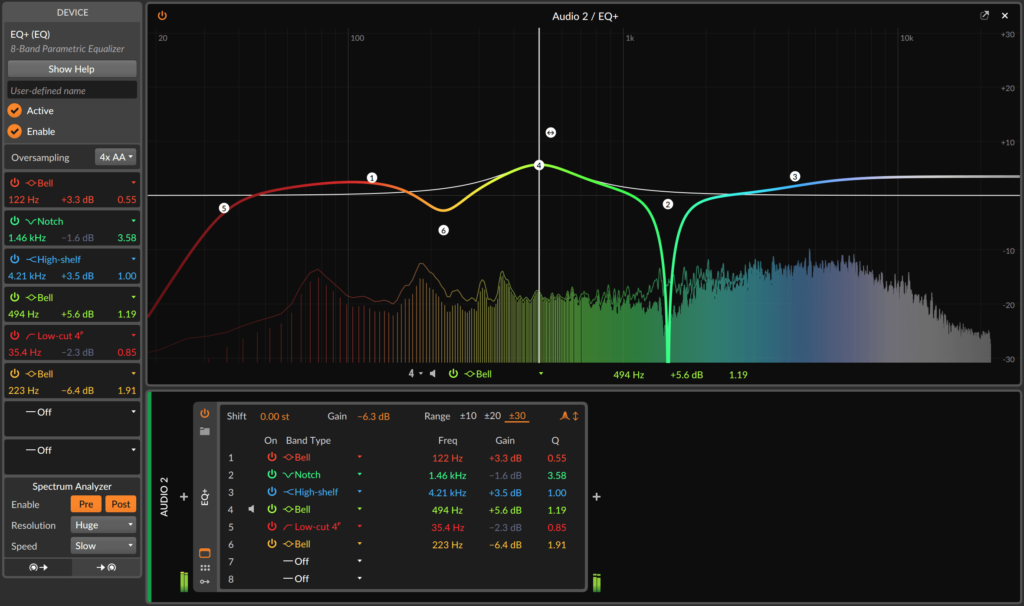



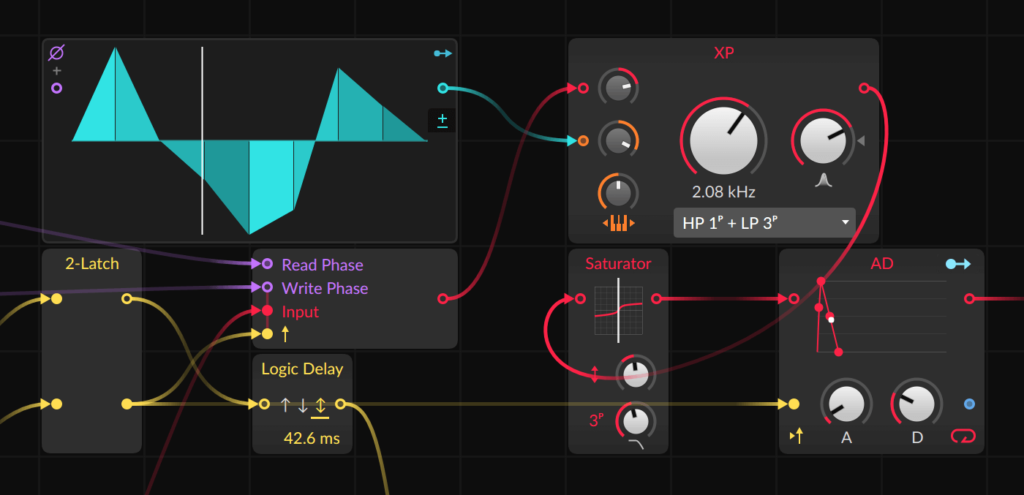
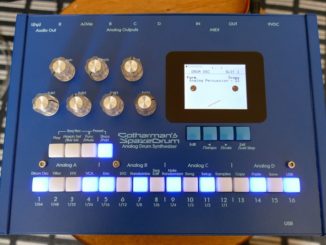
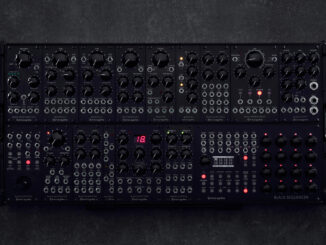
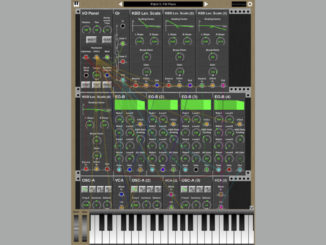
Be the first to comment